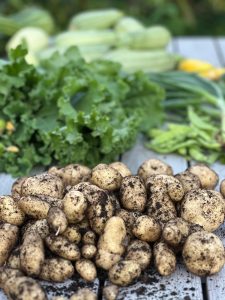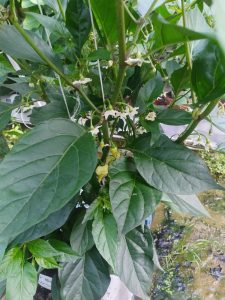Newest blog article (close/open)

🎃 Fatalii’s Halloween Chili Carving Contest 2025 🎃
Pumpkins are old news… it’s time to carve chili peppers! 🌶️👻
Last year, our private Fatalii WhatsApp group (fatalii.net/wa) took on the spooky challenge of carving chili peppers instead of pumpkins. The results were wild — creepy faces, funny details, and some designs that looked like they crawled straight out of a horror movie! This year, we’re going even bigger…
👉 In 2025 the contest is open for everyone! Whether you’re a chili grower, a Halloween enthusiast, or just someone who loves a fun challenge, this is your chance to show off your skills and imagination.
🔥 How to Enter
-
One entry per participant – choose your best idea and carve it into a chili pepper.
-
Take one clear photo of your carved chili (good lighting helps!).
-
Also make a short video showing the chili from every side. This won’t be published but may be requested later to prove your entry is real.
-
You can use any chili pepper — grow your own, or simply buy them from a market or grocery store.
-
Email your carving photo and your full name to: carving@fatalii.net – Email subject line: Chili Carving Contest
-
Deadline: Submit your entry by 29 October 2025 (or earlier).
💡 Tip: Decorations are welcome! Add candles, props, or spooky backdrops if you like — just make sure the chili itself is the star of the photo.
🗳️ Voting & Winner
-
On 30–31 October, we’ll publish all the entries on our official Fatalii Facebook page (fatalii.net/fb).
-
The winner will be chosen by a public poll — everyone gets a chance to vote for their favorite chili creation.
-
The official winner announcement will happen on Halloween night, 31 October 2025. 🎃
🎁 The Prize
The winner will receive a Surprise Fatalii Chili Pack 🌶️🔥✨
This isn’t just any prize — it will be a hand-selected bundle packed with rare, unique, and fiery chili surprises straight from Fatalii. Some may be varieties you’ve never seen before, making this a truly special collector’s pack.
(Please note: prize shipping is restricted to the EU area. If you join outside the EU, you’re still welcome to participate “for glory” — your entry can still be voted on, but the physical prize can only be shipped within the EU.)
The chili pack will be shipped right after Halloween so the winner can enjoy their fiery surprise as soon as possible.
Why Carve Chilis?
Chilis may be smaller than pumpkins, but that’s what makes them even more fun. Their shapes are quirky, their colors are vibrant, and their fiery attitude is perfect for Halloween. 🌶️🎃
And besides — nothing says Fatalii Halloween like a row of glowing chili faces staring back at you with devilish grins.
Ready to Carve?
Now it’s your turn: grab a chili, a knife, and your creativity, and show us what kind of creepy, funny, or artistic design you can bring to life.
📧 Send your entry by 29 October 2025 to: carving@fatalii.net
📢 Vote and follow the contest on Facebook: fatalii.net/fb
📰 Get updates in our newsletter: fataliiseeds.net/newsletter
We can’t wait to see your scary (or silly) chili masterpieces!
👻 Happy Halloween from Fatalii! 👻
A few examples of last year competition below.
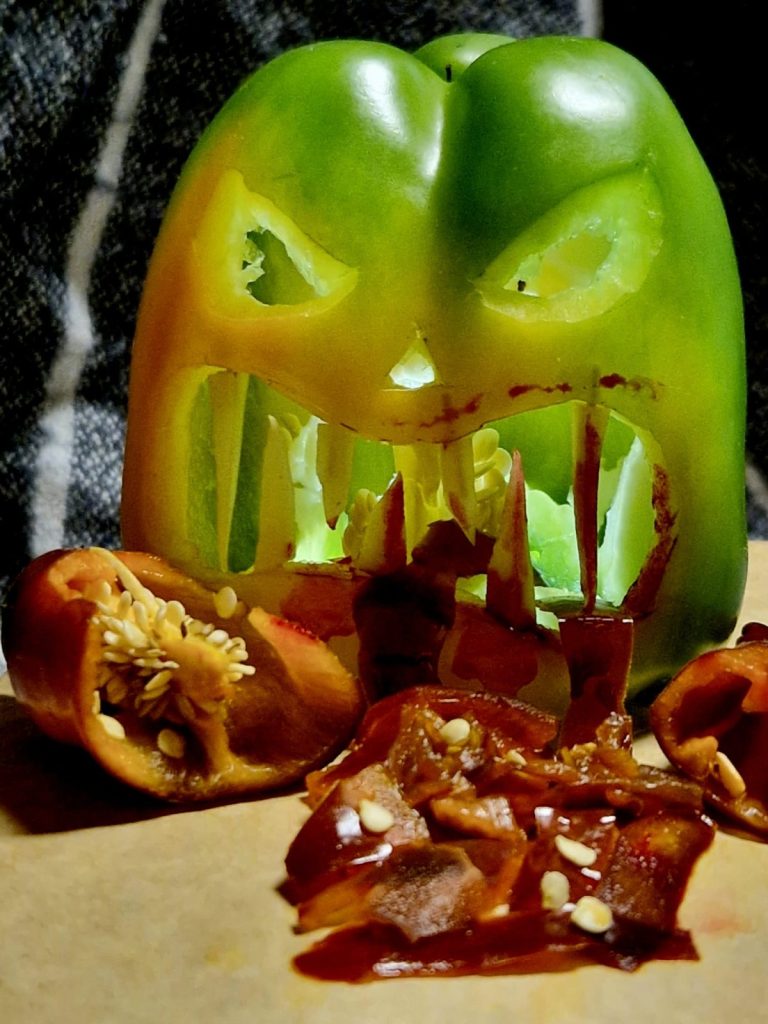
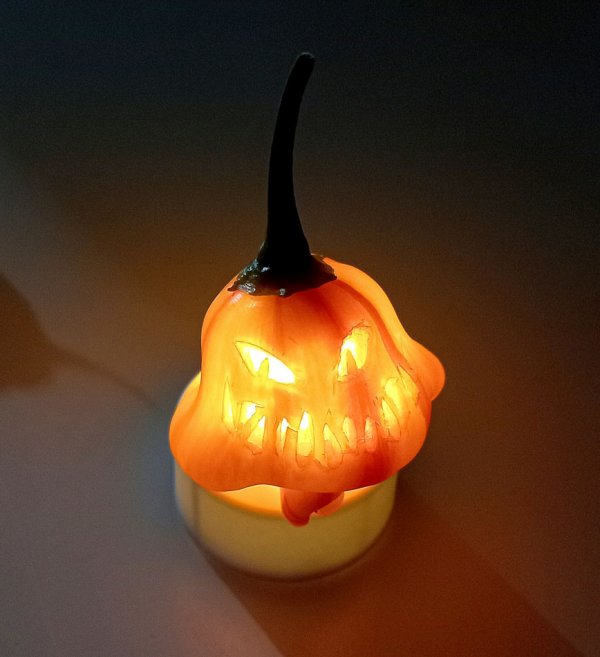
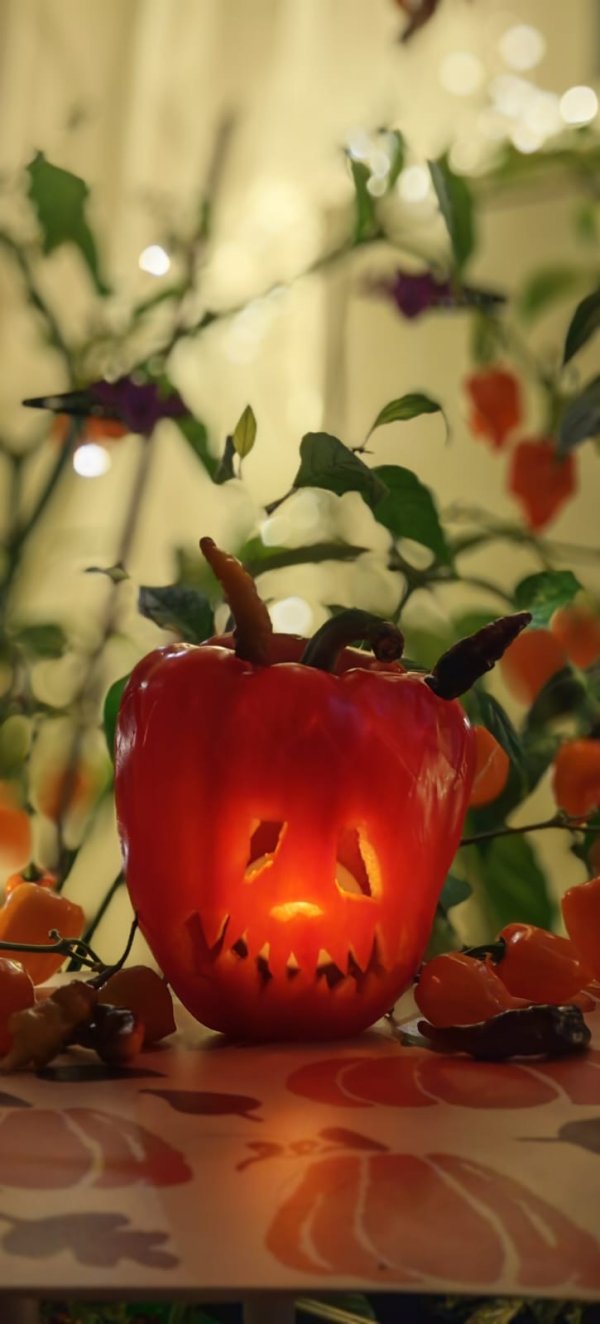
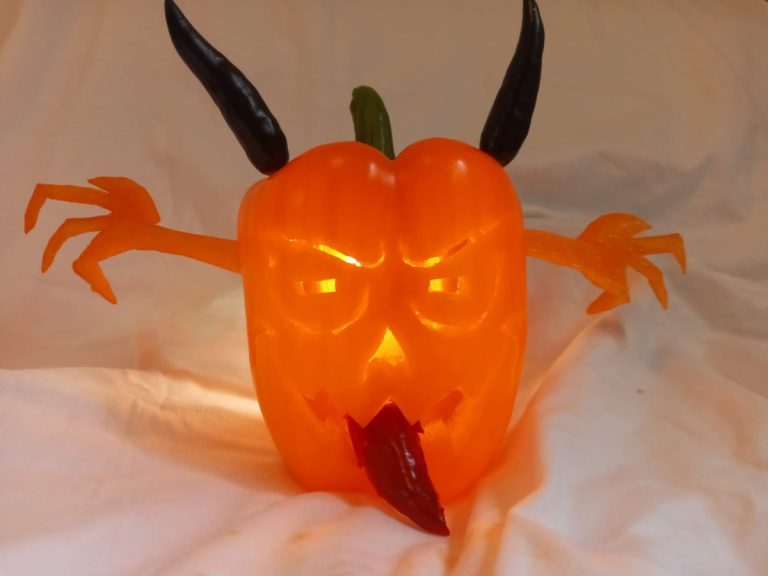

This year, we’ve decided to dive even deeper into kitchen gardening, and we couldn’t be more excited to share our little green adventures with you! 🌱
There’s something incredibly rewarding about growing your own food—watching tiny seeds transform into vibrant vegetables and then enjoying the harvest straight from your garden. From fresh, crisp salads in the summer to hearty, homegrown dishes in the autumn—and yes, even a few hardy vegetables that carry us through the winter—there’s a joy in knowing exactly where your food comes from.
But it’s not just the plants keeping us busy! Our lovely flock of chickens keeps our kitchen stocked with fresh eggs almost daily. 🐓🥚 We love sharing them with our neighbors, especially those who lend a helping hand during the busy summer months. Their support allows us to take a guilt-free vacation now and then, while our garden and chickens keep thriving in our absence.
We’re excited to give you a peek into some of the kitchen plants we’re growing this year, from staples that we rely on daily to a few fun experiments we’re trying out. So grab a cup of tea, get comfy, and let’s dig into the green magic happening in our backyard!
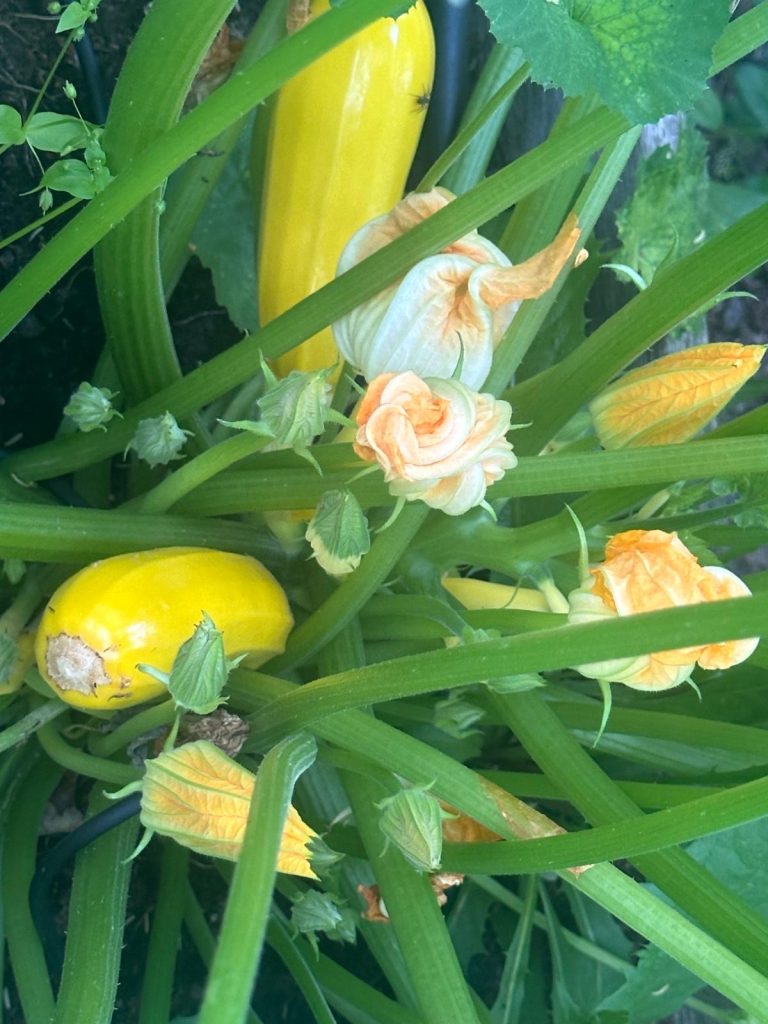
Zucchinis (or squashes in general) are easily among our favorite plants to grow — they’re incredibly prolific! Just a few plants can produce more than enough food for you, your neighbors, and half your family. It’s honestly amazing how much you get with very little effort.
If you haven’t tried growing them yet, now’s the time. Just give them plenty of water and fertilizer throughout the season and you’ll be rewarded big time.
We use our own EasySlo fertilizer — but here’s a tip: we use about 3 times the amount we’d normally use for chilis. Zucchinis love to eat and drink!
Also, pick them young and often for the best taste and continuous harvest. Letting them grow into giants might look fun, but smaller fruits are usually much better in the kitchen.
Highly recommended – easy, rewarding, and seriously productive.
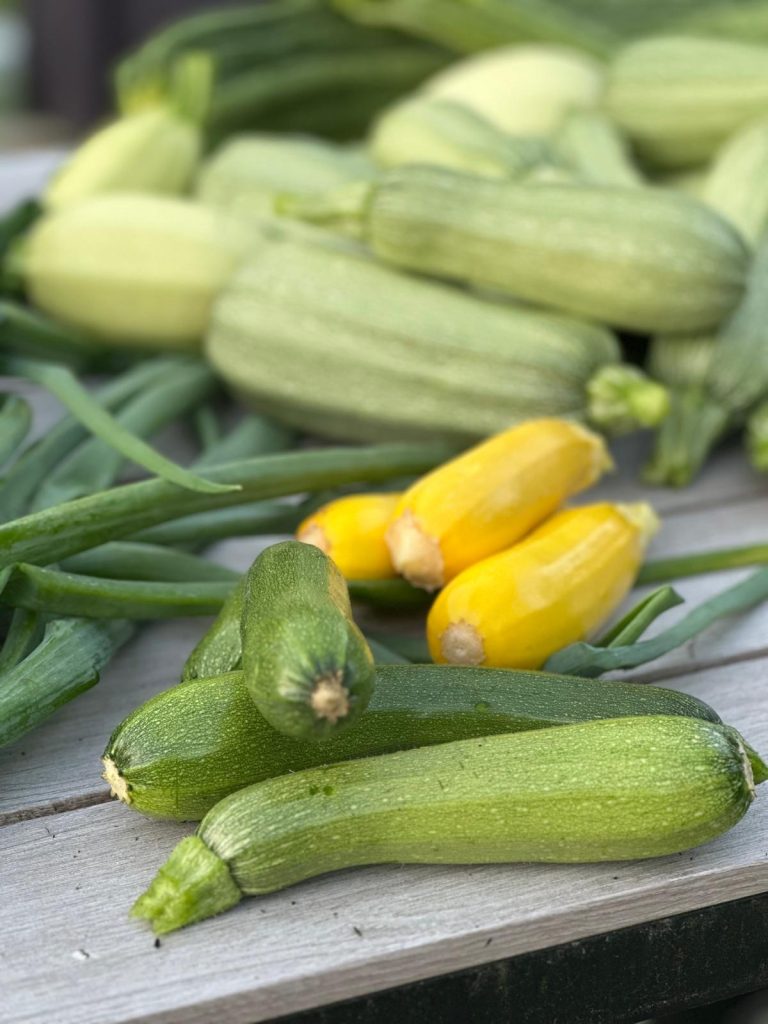
Different kinds of zucchinis.
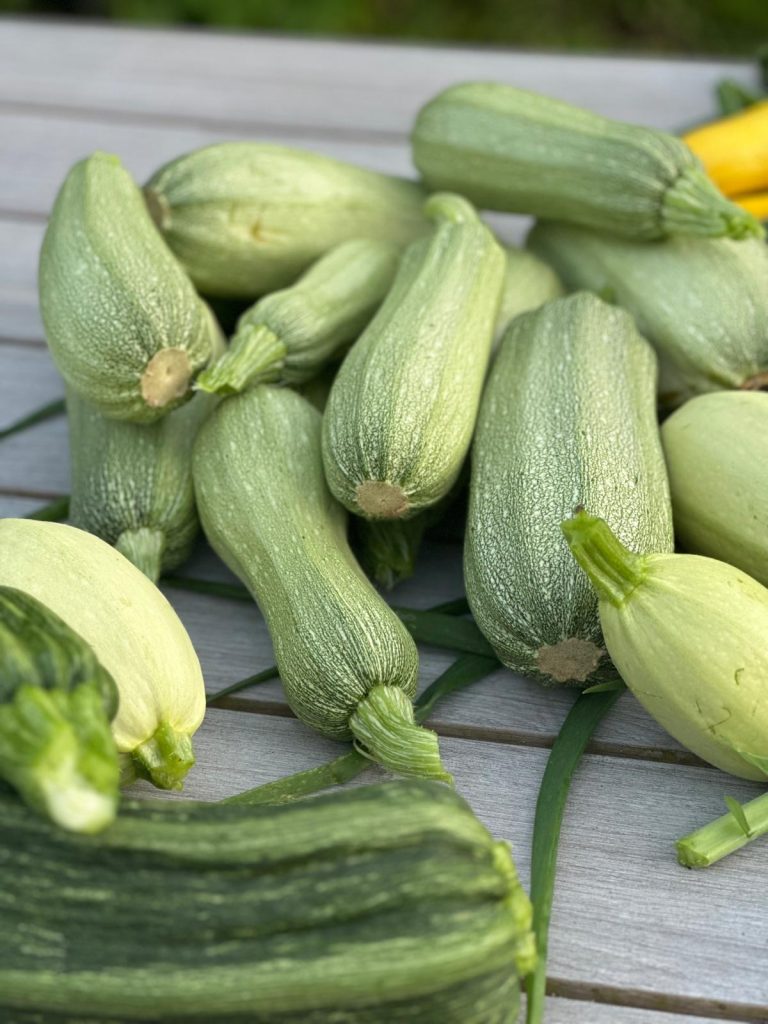
You can do a lot with zucchinis, too. Here are just a few ideas to get your creativity going:
– Stir-fries
– Zucchini noodles (“zoodles”)
– Grilled slices with olive oil and herbs
– Oven-roasted with garlic
– Zucchini fritters or patties
– Baked into savory pies or quiches
– Hidden in sauces, soups, or stews for extra texture
– Pickled as a crunchy snack
– Shredded into muffins, breads, or even chocolate cake
– Stuffed with rice, veggies, or meat and baked
So yeah — it’s not just a productive plant, but also a super versatile one in the kitchen!

We also love to eat peas fresh — especially the sweet, crunchy types you can enjoy whole, pod and all. There’s nothing quite like picking them straight from the plant and popping them into your mouth. It’s garden candy!
The sweetness and crisp texture are at their best when the pods are young and tender, so harvest often.
You can toss them into salads for a fresh crunch, use them as a quick snack while gardening, or add them to stir-fries and noodle dishes right at the end so they keep their snap. They’re also great lightly steamed with just a pinch of salt — or straight from the vine, no cooking needed.
If you haven’t grown or tasted fresh snap or snow peas before, you’re in for a treat. They rarely even make it to the kitchen here — they’re that good!
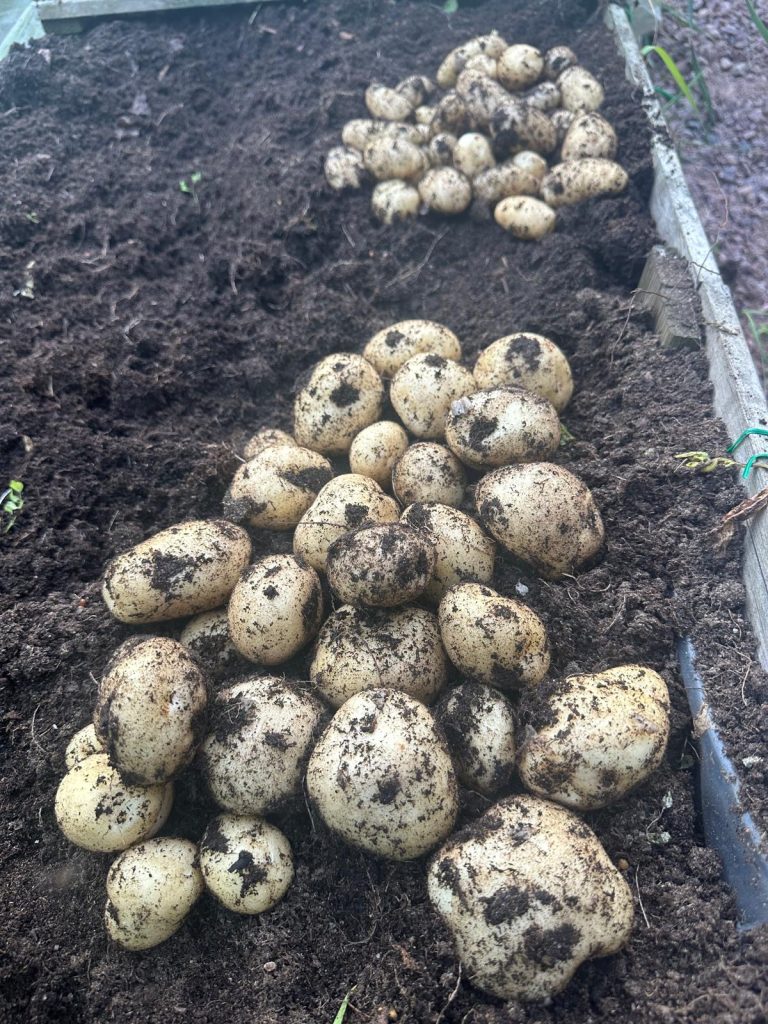
Potatoes don’t need much explanation — but how good your own home-grown potatoes can be… that we can’t praise enough. The flavor and texture blow away anything from the store. Once you taste them fresh from your own soil, there’s no going back.
Try growing them in a bucket or large container — it actually works surprisingly well, especially if space is limited. Just make sure there’s good drainage and add more soil as the plants grow taller to maximize yield.
Whether you boil them, roast them, mash them, or toss them into a summer salad — your home-grown spuds will always taste better. Even a simple pan-fried batch with just salt and butter becomes something special.
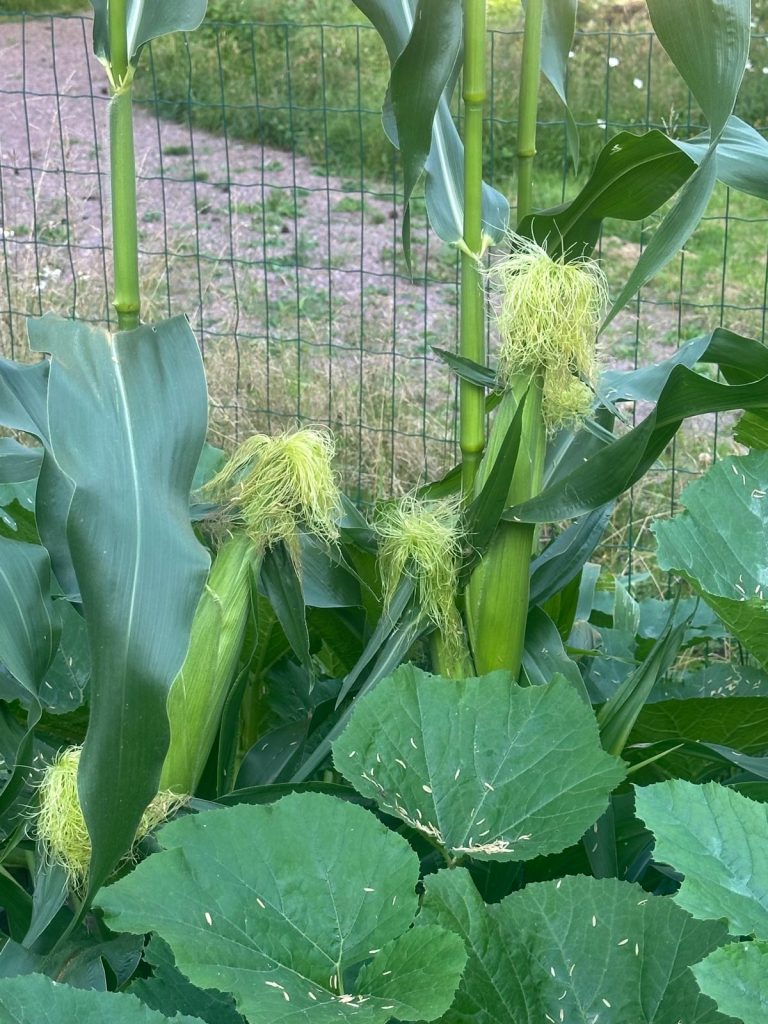
And what about home-grown corn? When you finally get to bite into those juicy, sweet cobs straight from the garden — you’ll know it was all worth it. The flavor is on a whole different level compared to store-bought. It’s pure summer.
Corn can be a bit tricky to grow up here in the north, but it’s definitely possible. The key is to choose early and fast-maturing varieties suited for shorter growing seasons. A warm, sunny spot helps a lot too.
One important thing: corn is wind-pollinated, so it’s best to grow them in blocks or groups rather than long rows. That way the pollen has a better chance of reaching all the silks and forming full cobs.
Eat them right after harvesting for maximum sweetness — the sugars start turning to starch quickly. Grill, boil, steam, or even eat the youngest ones raw if you like that fresh crunch.
If you haven’t tried growing corn yet, it’s definitely worth it — few things bring more joy (and surprise!) to a garden harvest.
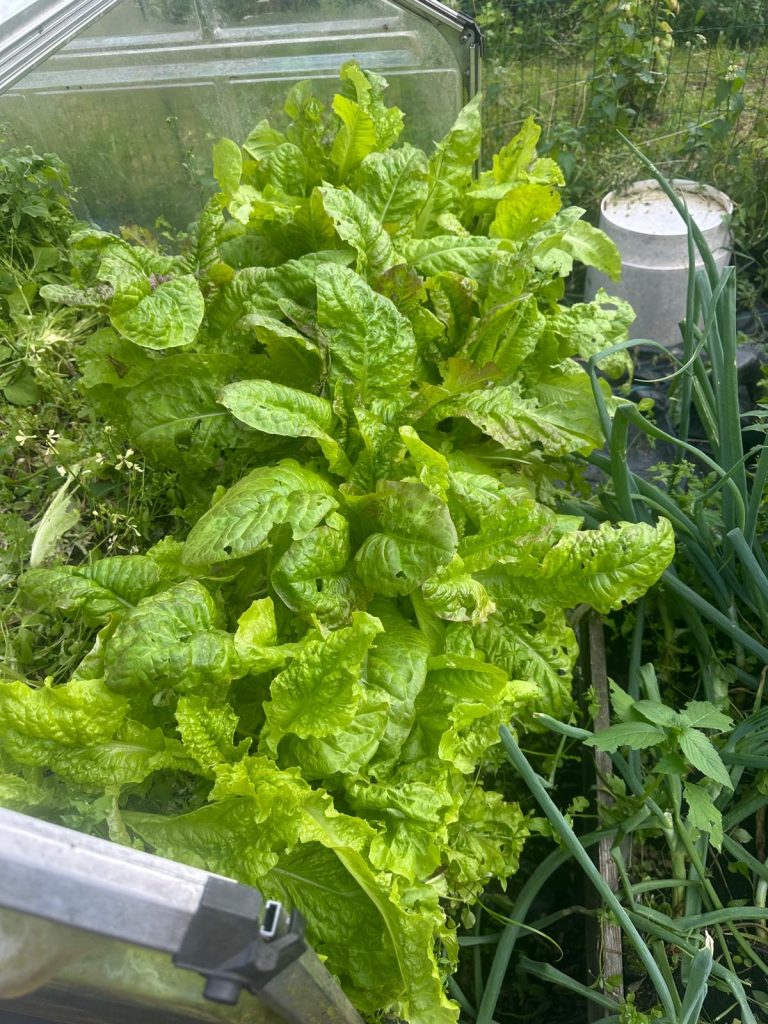
Lettuce — there will be plenty, no doubt about it. We always grow more than enough, and for a good reason: our chickens love it too. Nothing beats tossing them a fresh head of lettuce and watching them go wild.
It’s one of the easiest and quickest crops to grow, and perfect for regular harvests. Plus, it keeps coming if you cut it right. Grow a mix of varieties for texture and flavor — and don’t forget to share the bounty with your feathered friends!
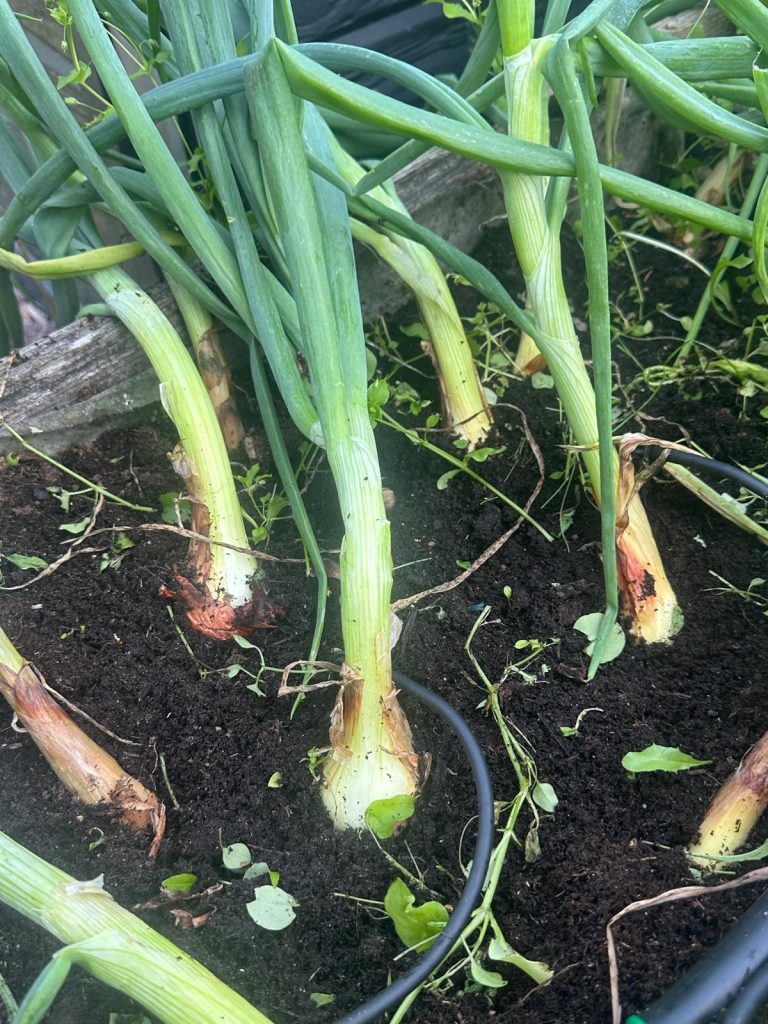
Leek — a kitchen essential we can never seem to have enough of. It’s one of those vegetables that quietly ends up in everything — soups, stews, pies, stir-fries… you name it.
And the taste of home-grown leeks? You really have to experience it yourself. Sweeter, more aromatic, and with that fresh, earthy depth you just don’t get from store-bought.
They take their time to grow, but they’re worth every bit of space and patience. Once you’ve cooked with your own leeks, there’s no going back.
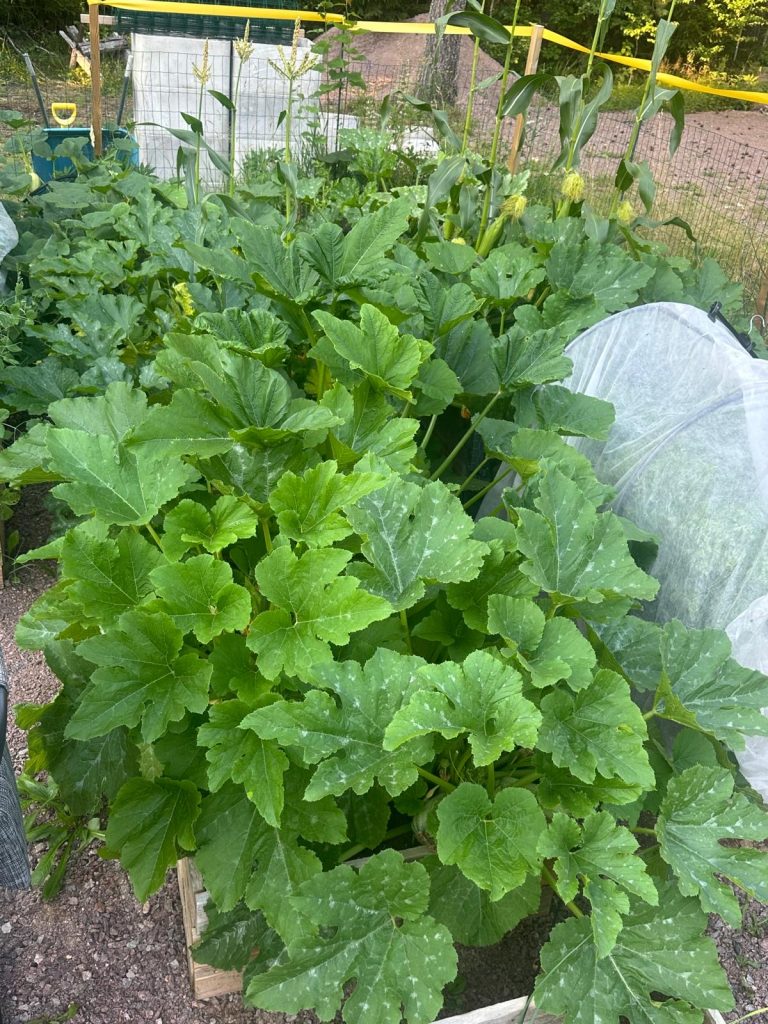
Squashes and maize growing peacefully together — a classic companion planting combo that just works. They thrive side by side, soaking up the sun and giving back in abundance.
Don’t worry, the next posts will dive right back into the world of chilis 🌶️ — but we’ll sprinkle in a few more glimpses from the kitchen garden and self-sufficiency side too. It’s all part of the bigger picture.
By the way — would you be interested in seeing more recipes here on the blog?
If so, leave a comment below or let us know on social media:
📍 fatalii.net/fb
📍 fatalii.net/ig
We love hearing what you’d like to read next!
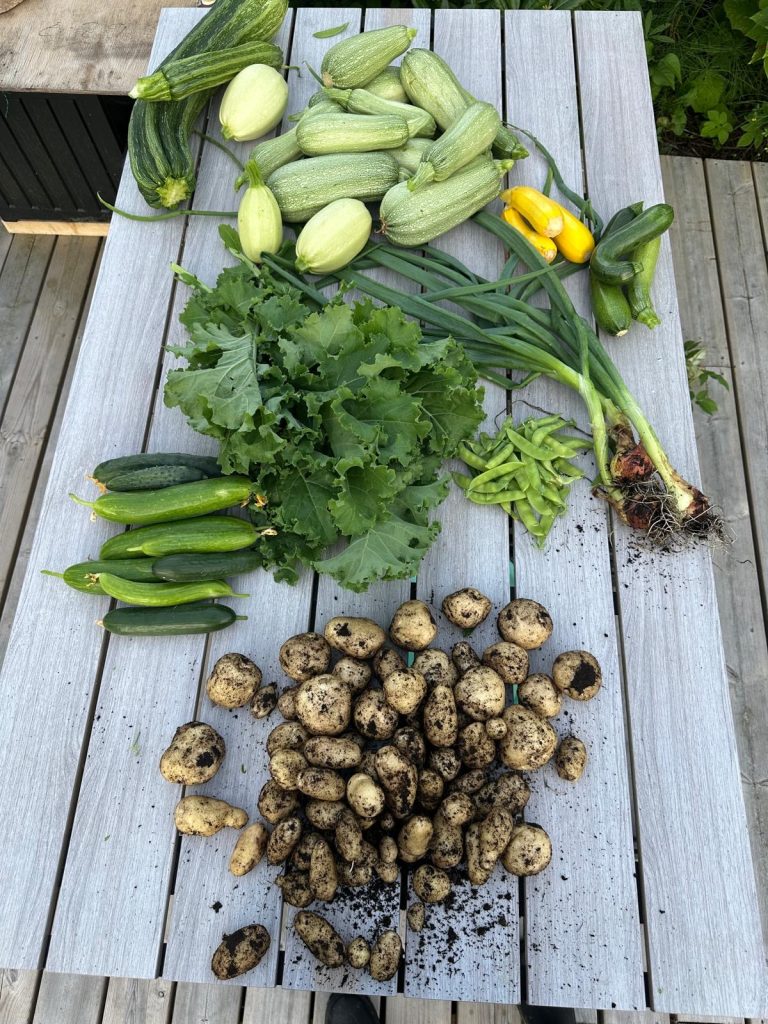
This season has been quite interesting so far. There have been challenges and also time for other projects as well during the slow growth, as the season hasn’t been too great. But hey! If we didn’t love challenges, we wouldn’t be growing chili peppers in Arctic Finland! 🙂
There are tons of projects planned, both related to chili pepper growing and other projects that are important to me. I’m happy to see the weather finally getting warmer, which is great for the chilis. We actually have some plants already over 2.5 meters in height! I can’t wait to see how they look after a few more months.
With the season running a bit late, I definitely miss having all types of fresh chili varieties available for everyday cooking! We have been harvesting some, but after getting used to having many options at this time of the year, it takes some getting used to.
Besides chili peppers, we’re also growing some kitchen garden plants—a few examples of those below as well.
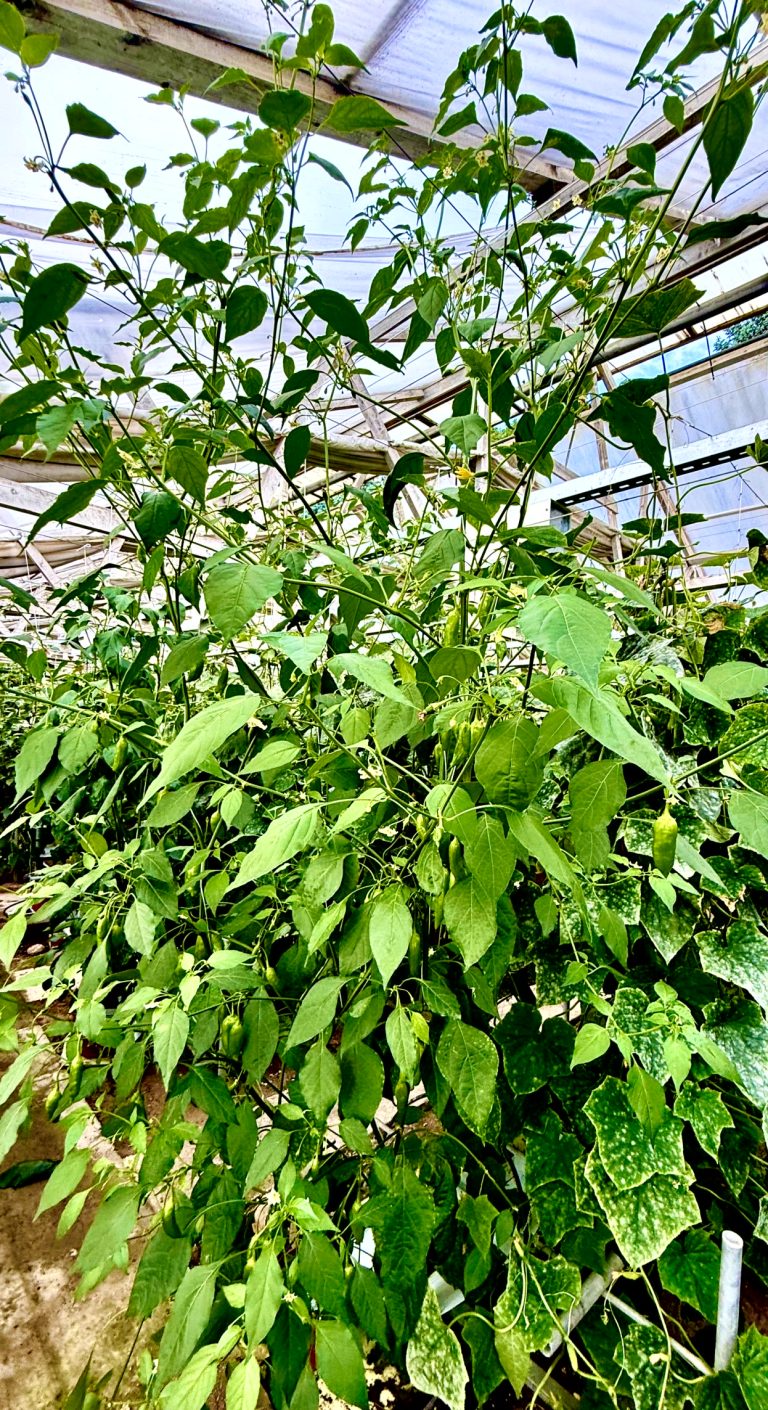

Always exciting to grow new types of baccatums! This seems to be both a fast grower and prolific as well.
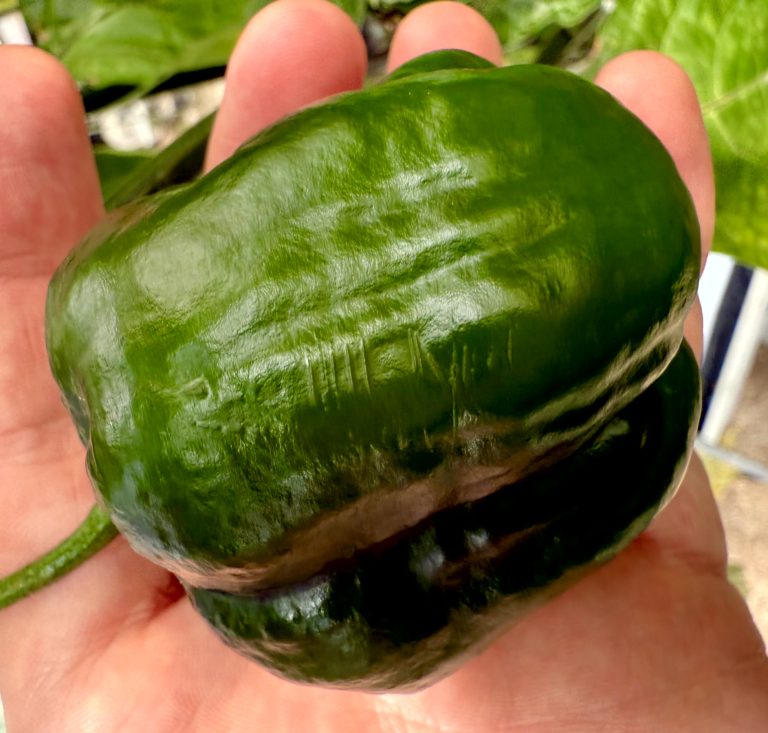
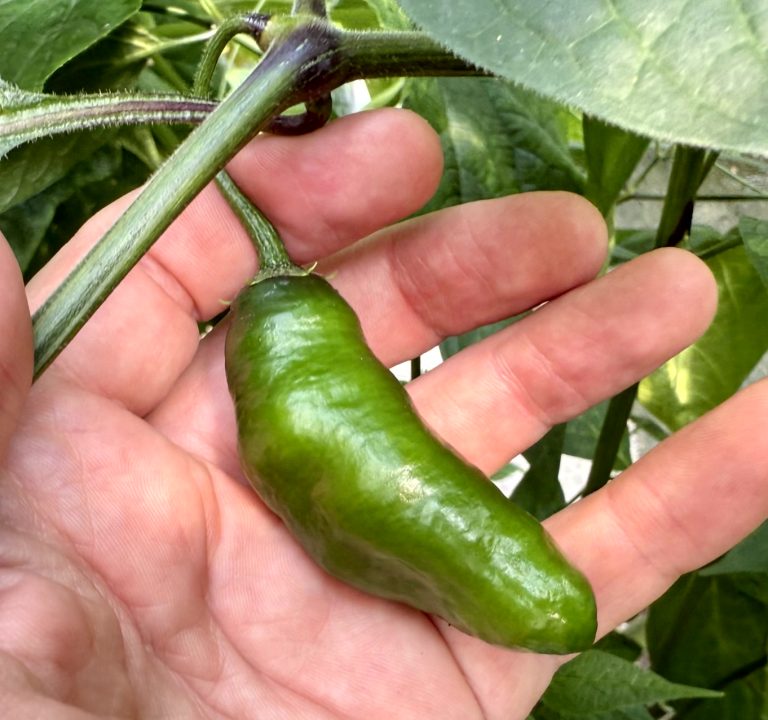
Rocotos are always fascinating to grow. Not as many types growing this year as they are loved by rather small group of (well informed) chiliheads. But once you go rocoto, it’s difficult to go back. Check out some fascinating rocotos we have available here.


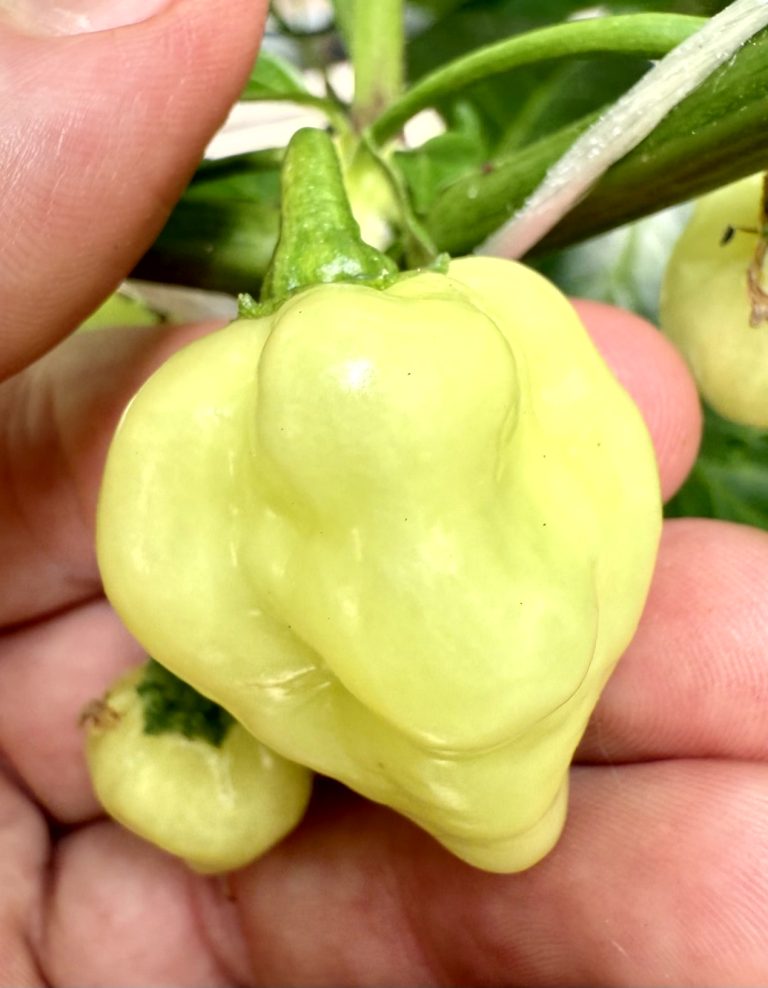

And of course, we have also some fascinating C. chinenses growing this year. Last year we had plenty and you can find them here.
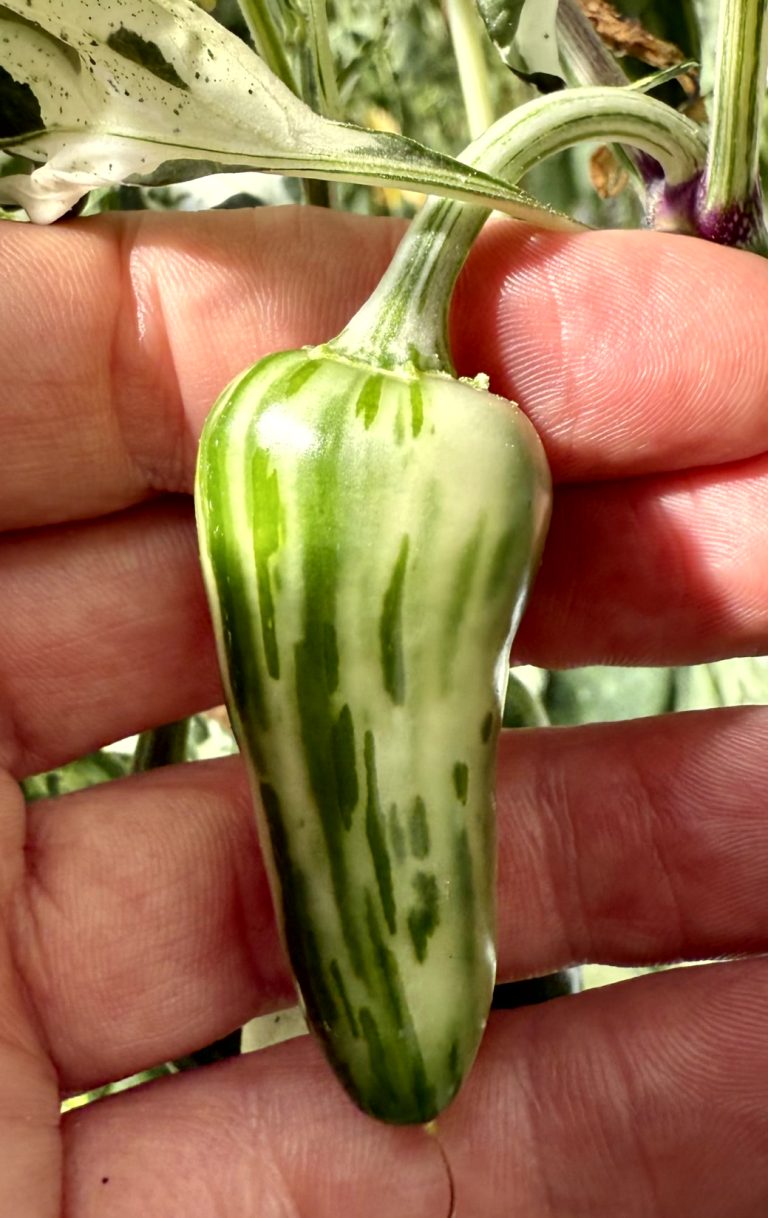
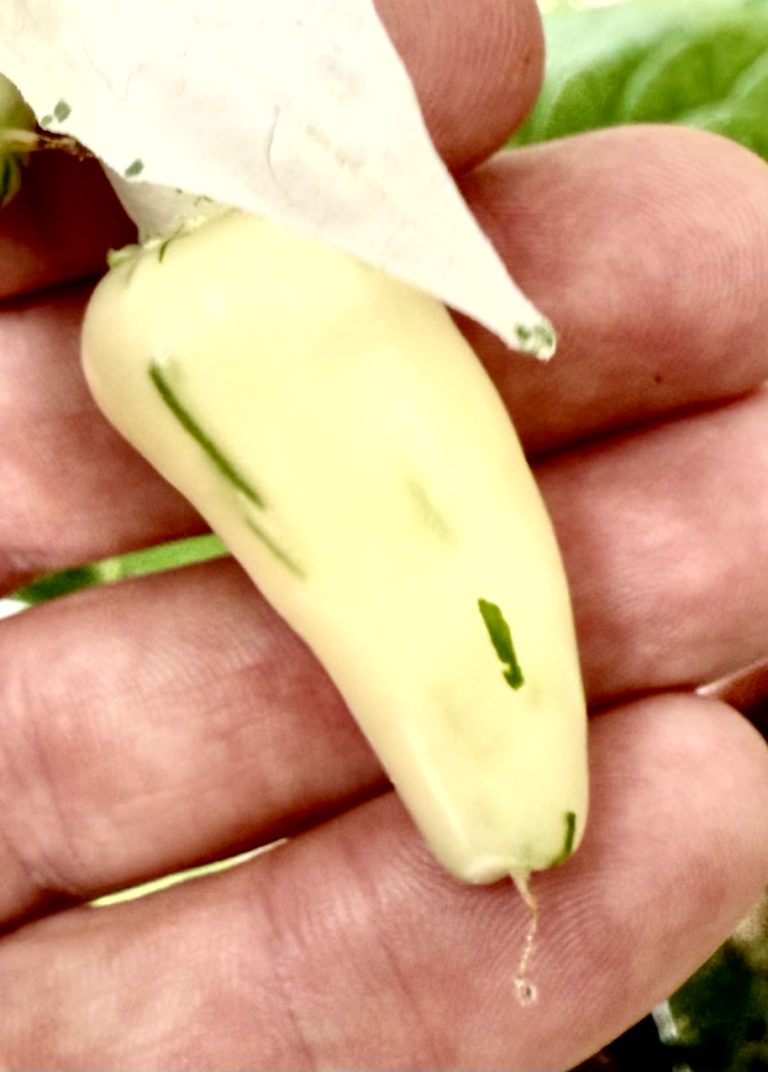
Last year we fell in love with Mattapeno which is a very lovely type of Jalapeno which also turned out to be great tasting! We still have some great Jalapeno types available here.
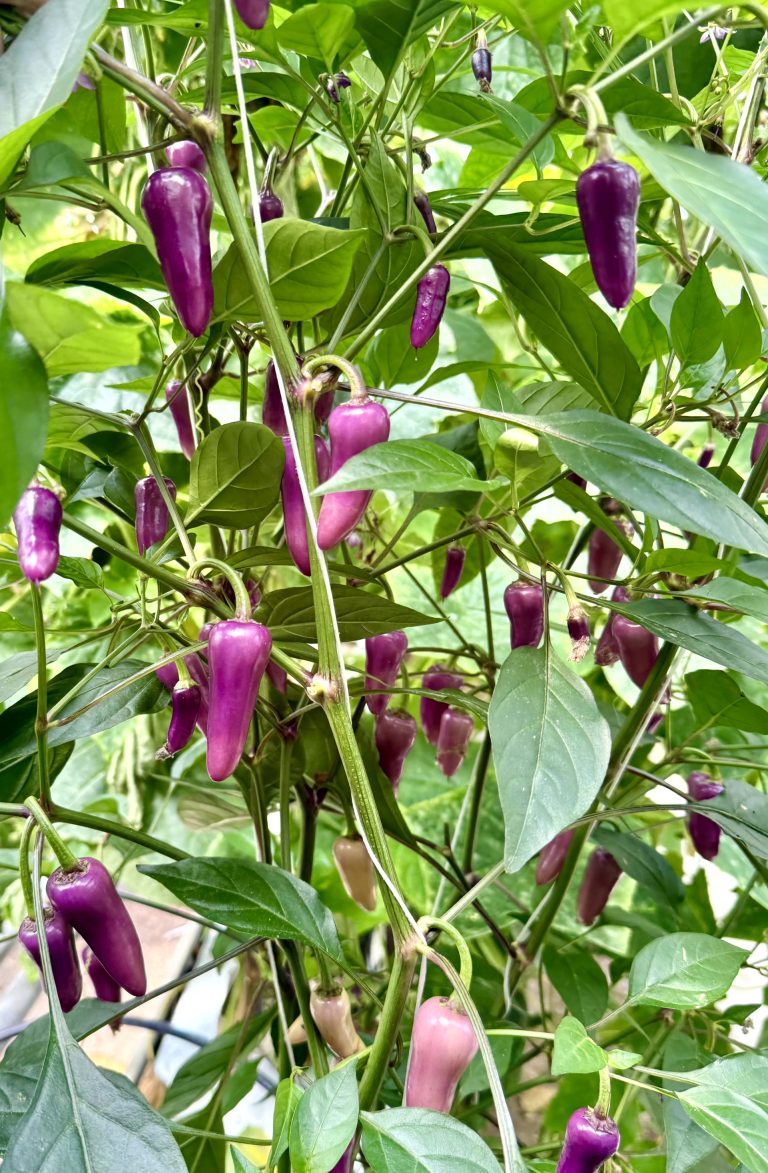
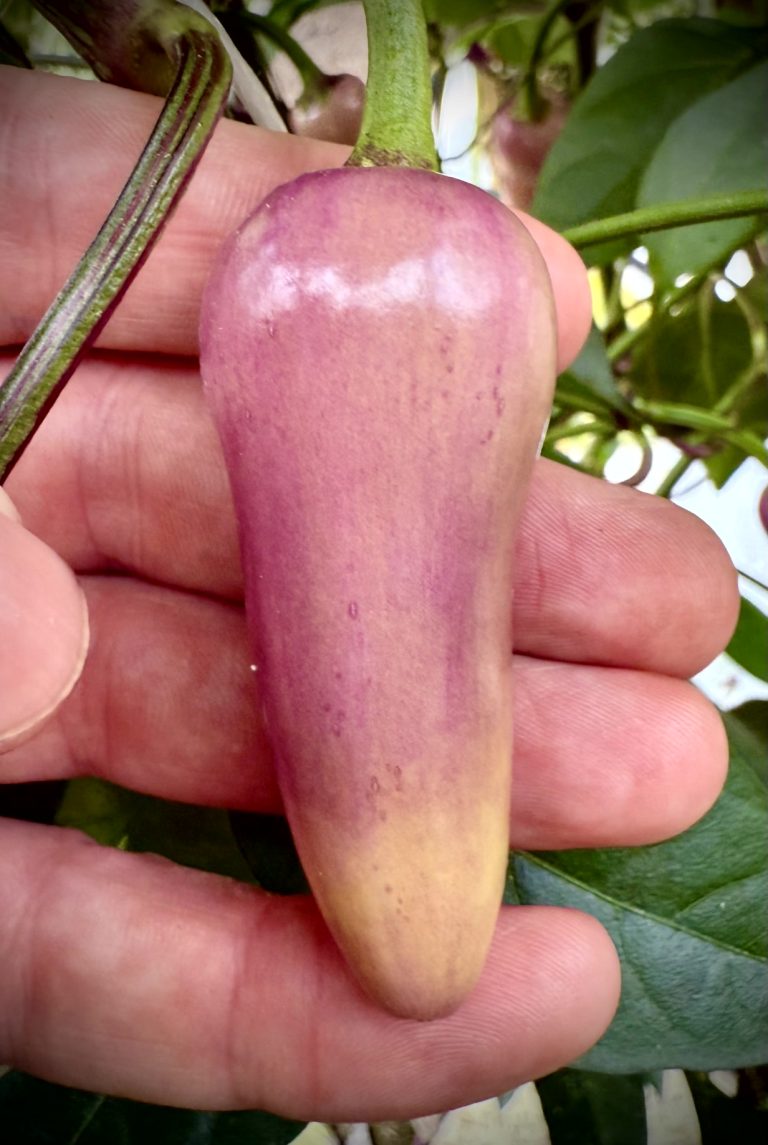
Here’s another absolute favorite Jalapeno of ours, Jalapeno Multicolor! It has been one of the most purchased Jalapeno types from fataliiseeds.net. We still have these seeds available here.
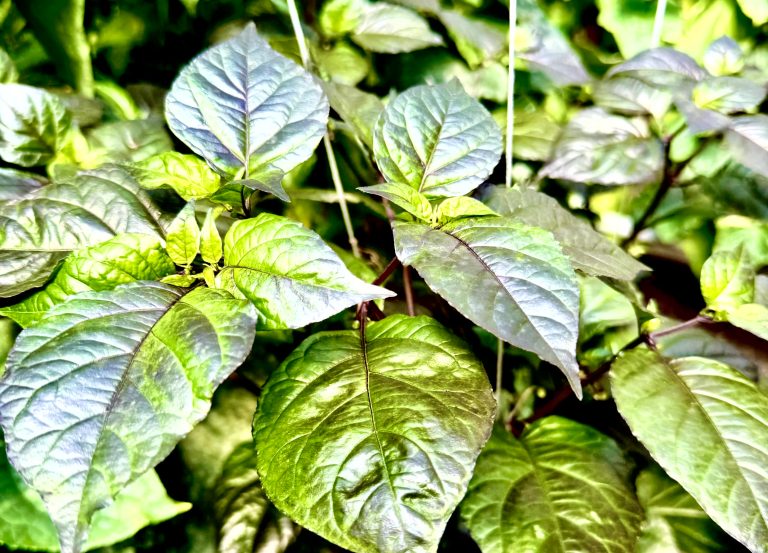
Some plants are still a bit late but these types tend to be super prolific later in the season. More photos of these certainly coming in the future updates.
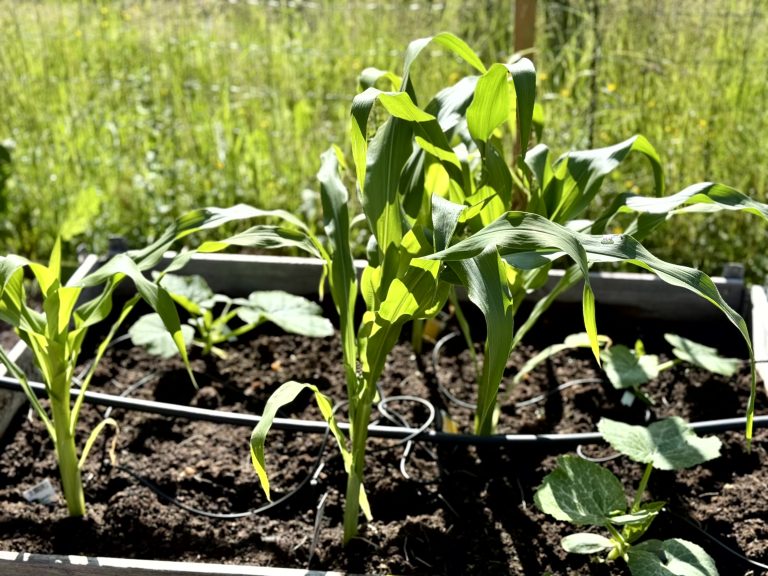
Maize and squash growing in the kitchen garden. We use EasySlo ferts for our all garden plants as well as chilis and had excellent yields every season!
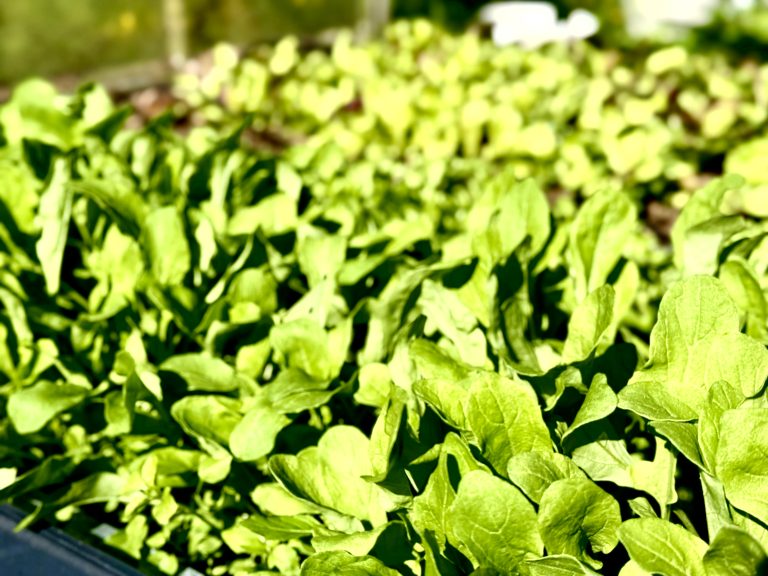
Lettuce. We usually grow a lot as our chickens are happy to eat the excess. 🙂
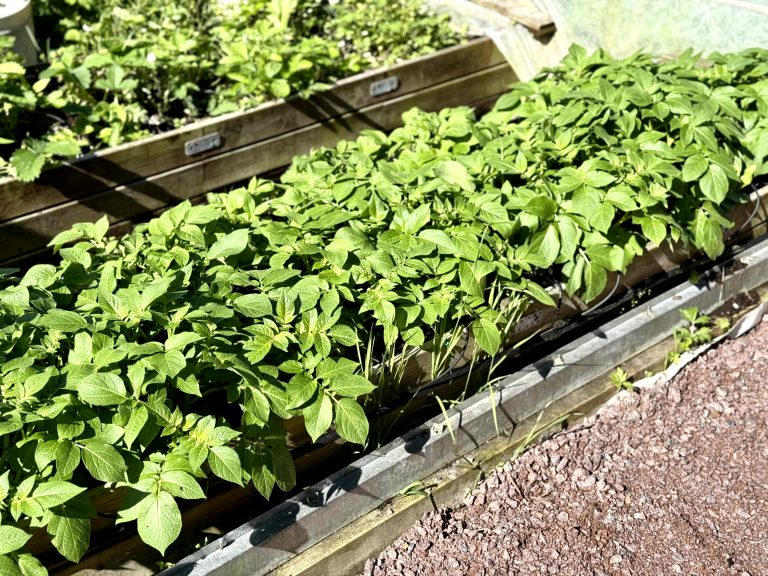
Potatoes. They are certainly best when they are eaten as young fresh potatoes.
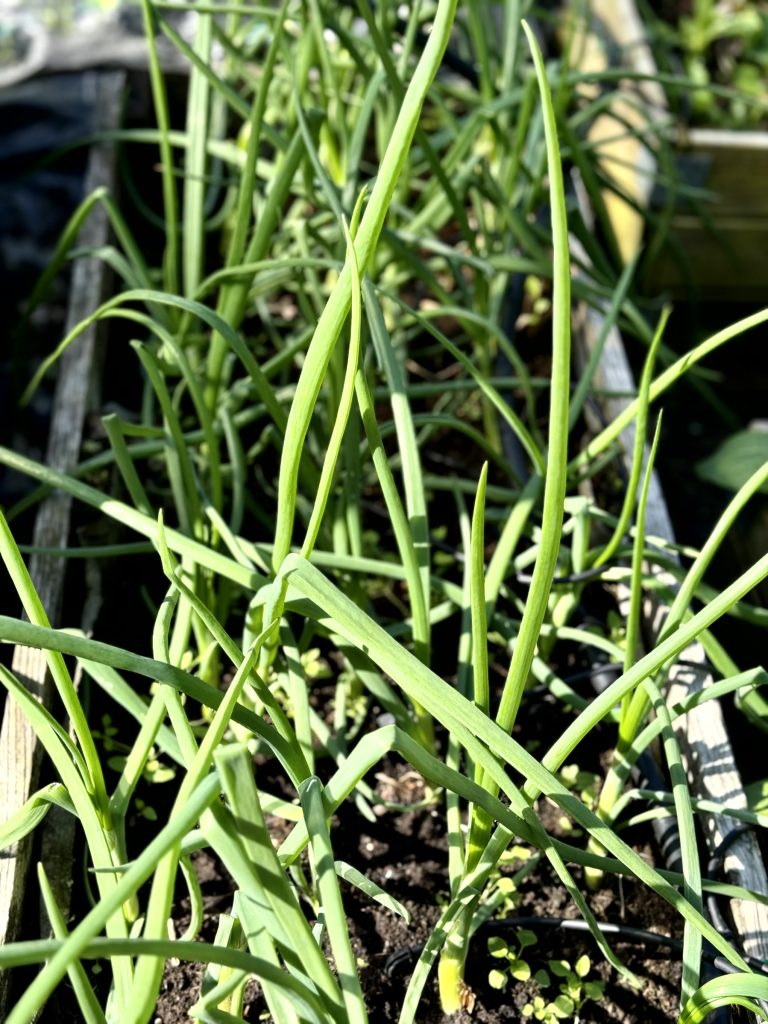
Of course we have chives and many other garden plants and berries too. More updates to follow! In the meantime, have a great summer and a bountiful harvest!


